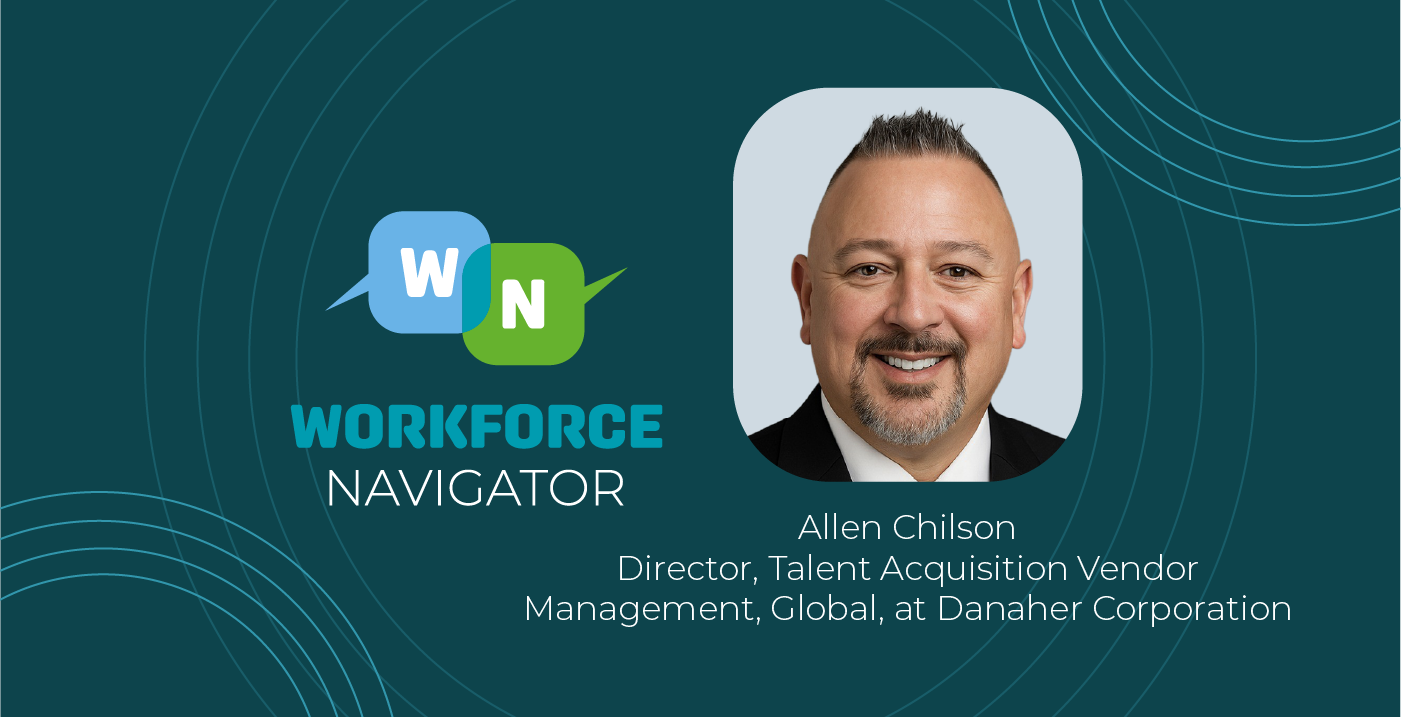[Episode 37] The Strategic Business Case for Contingent Workforce Planning

Allen Chilson, Director, Talent Acquisition Vendor Management, Global, at Danaher Corporation, examines why most companies struggle with accurate workforce planning. He explains how confidential business-unit roadmaps often exclude HR and procurement, forcing reactive hiring. Allen argues for integrated 3–5-year workforce blueprints that include contingent labor and procurement.
“Make sure you're using the language of your organization and trying to speak a common language. You should build a strategic program with definitions that resonate with your population.” – Allen Chilson
Allen emphasizes the need to bridge the gap between business planning and workforce execution by fostering accurate alignment across departments. He underlines that shared definitions and a common language are crucial for developing programs that resonate with internal stakeholders. By embedding contingent labor into broader workforce strategies, organizations can unlock more agility and control.
Key takeaways:
- A common language across departments eliminates miscommunication and aligns teams on workforce priorities.
- Integrated workforce plans enable companies to anticipate needs proactively, rather than scrambling to react.
- Speed, quality, and visibility combine to create programs that consistently deliver measurable business value.
